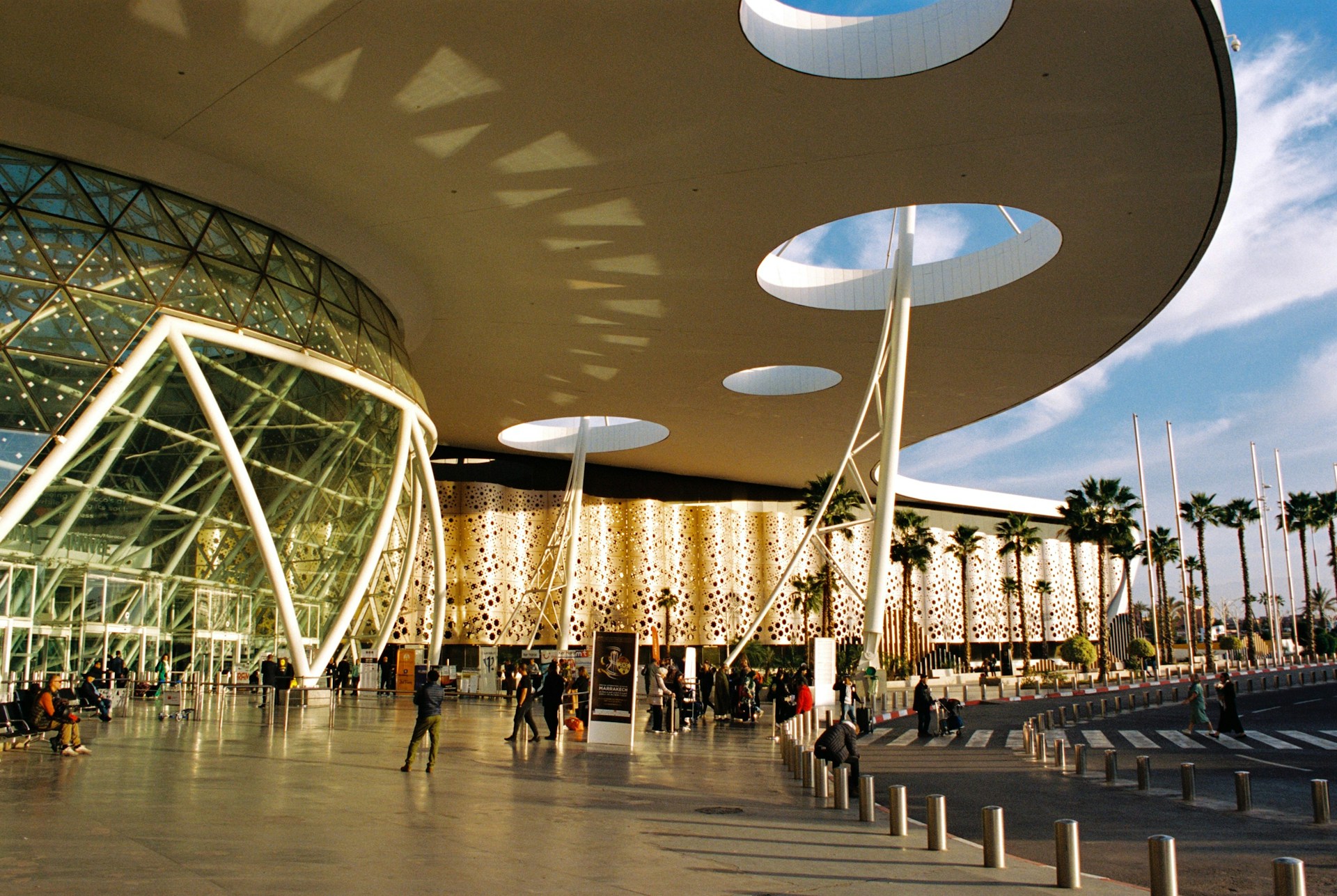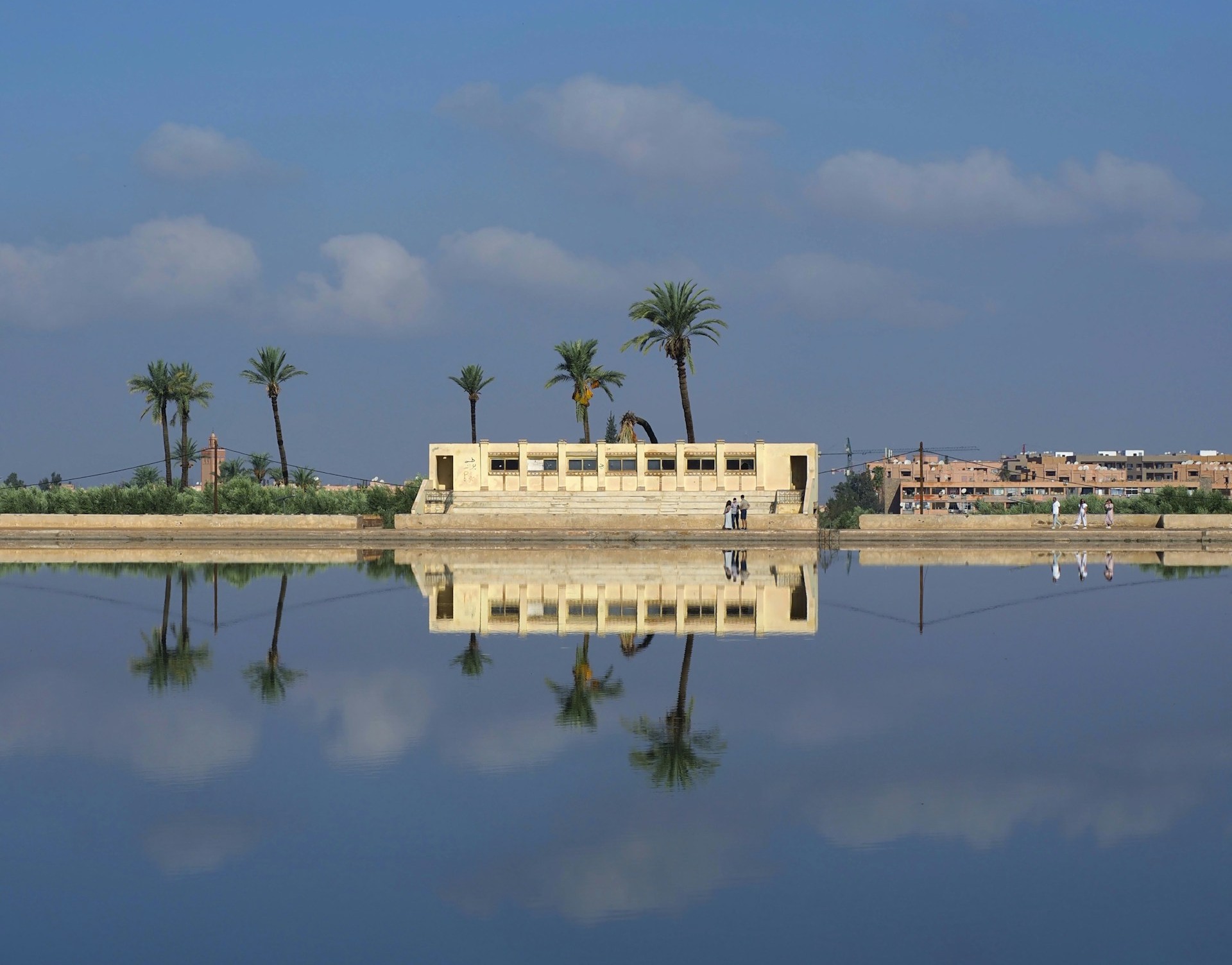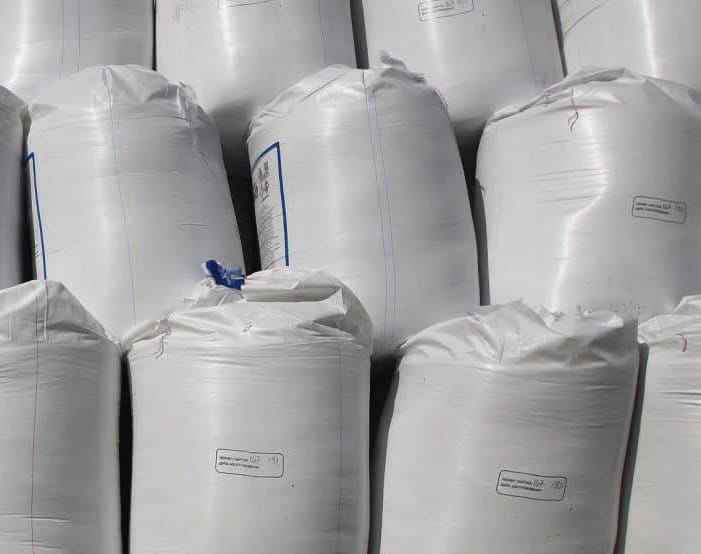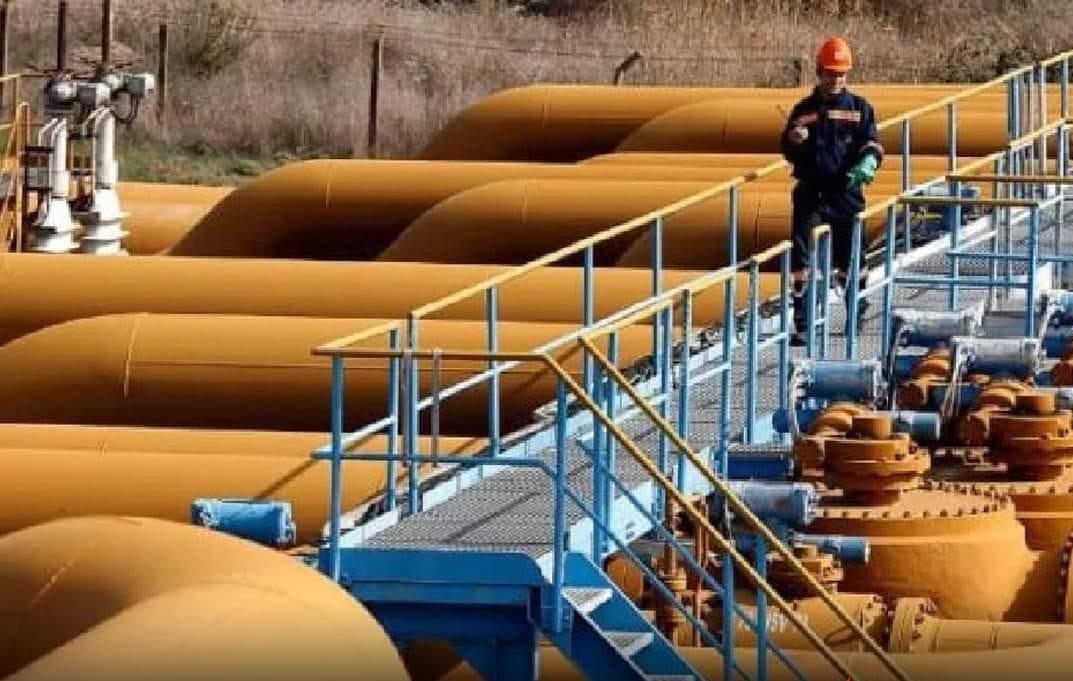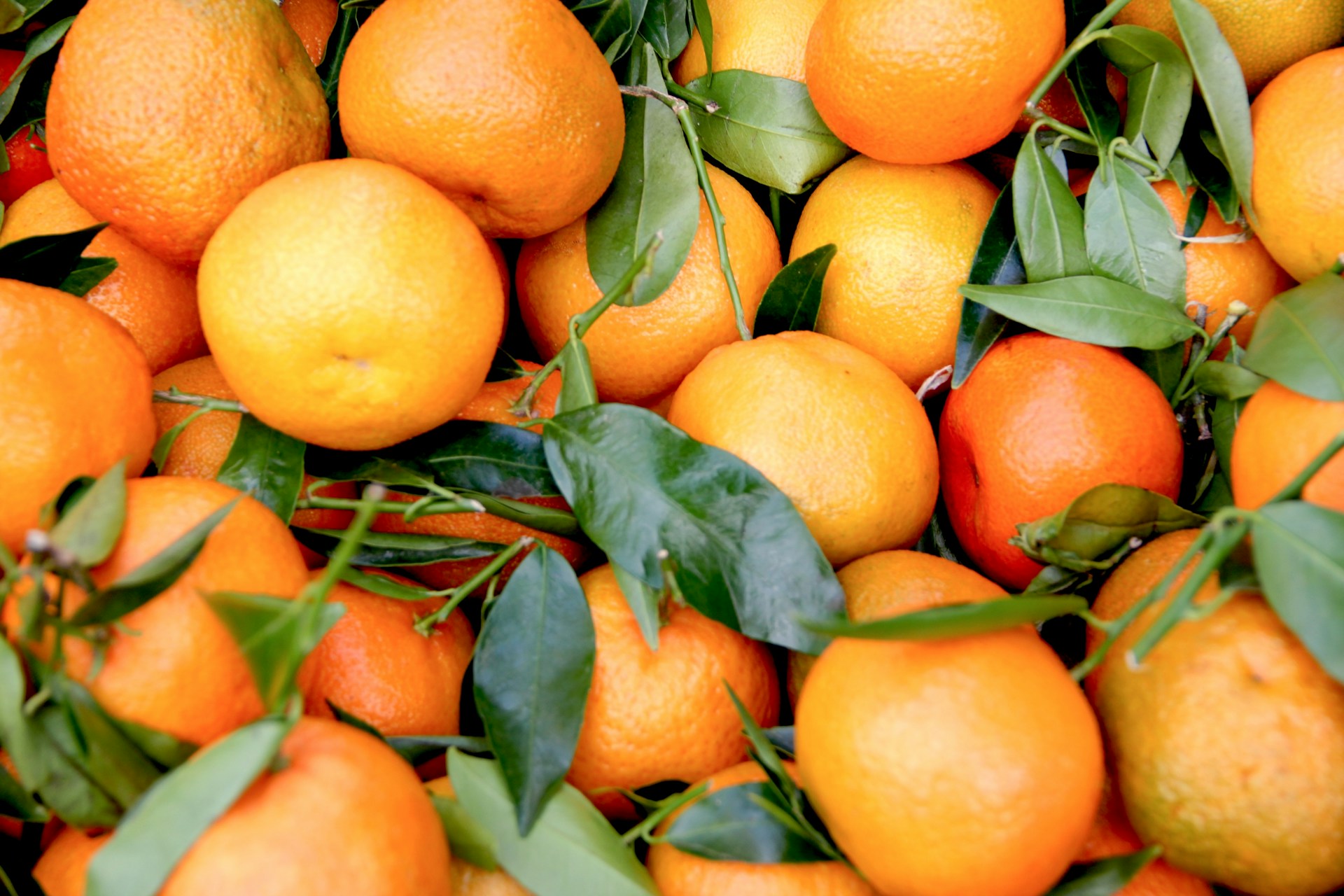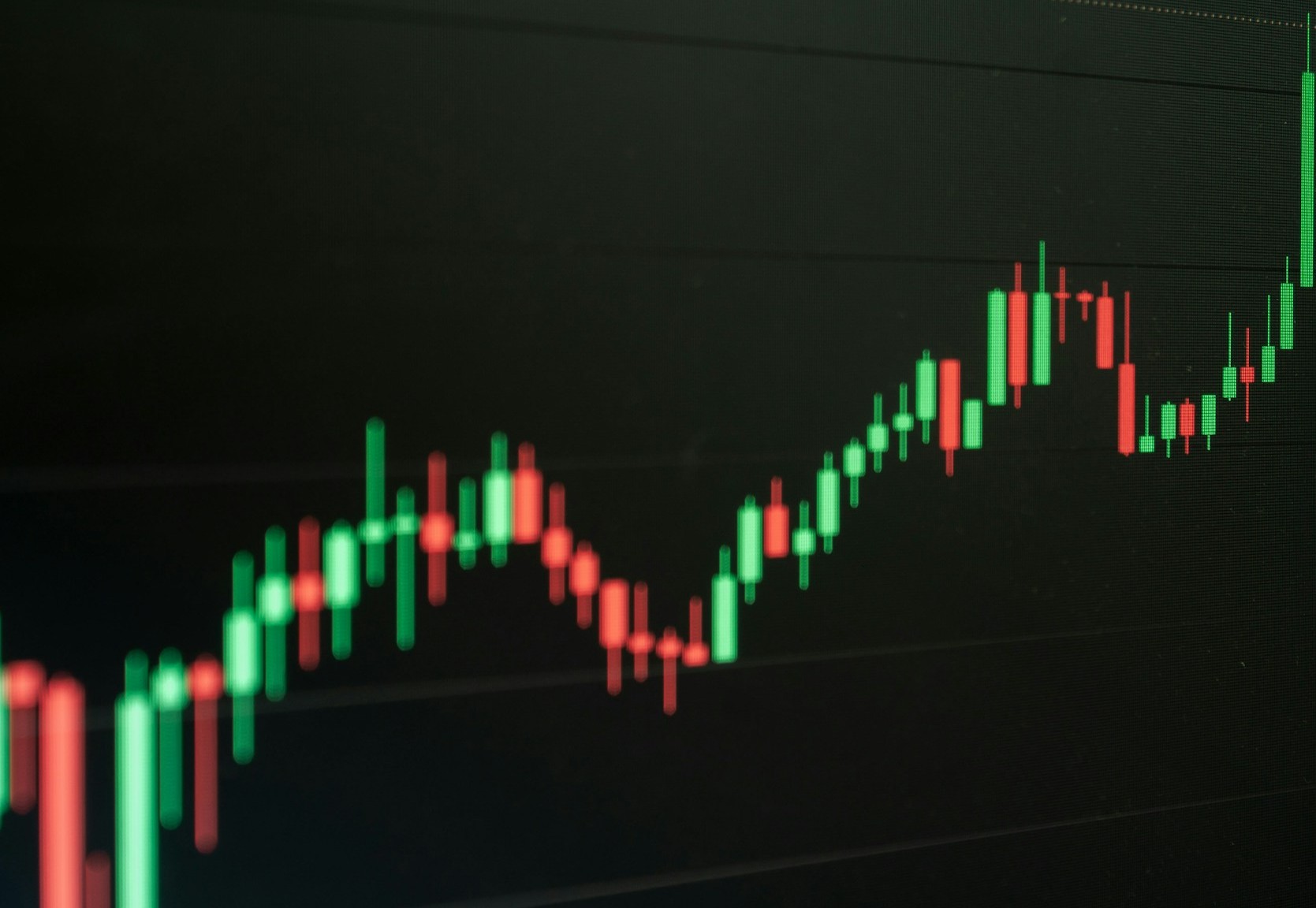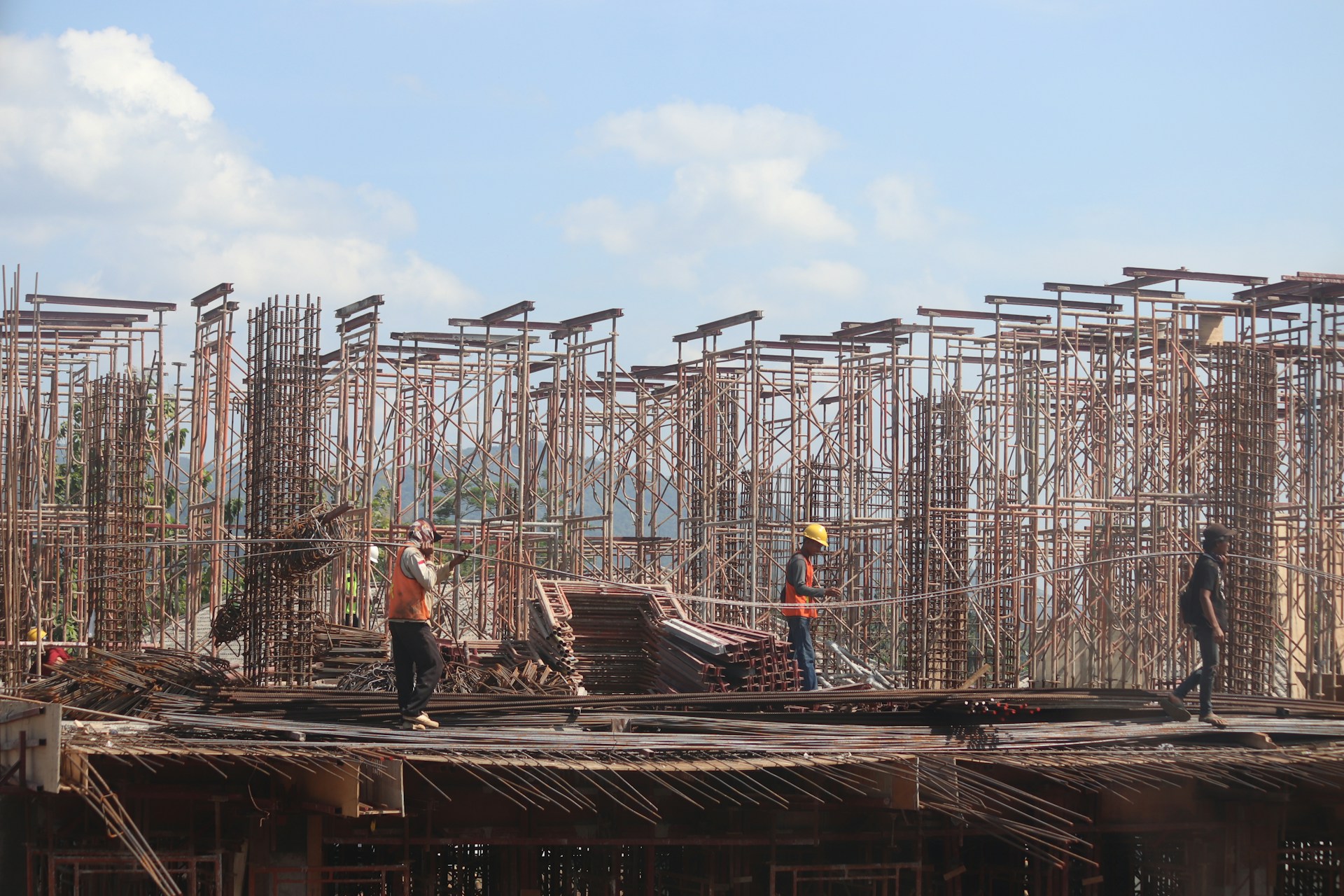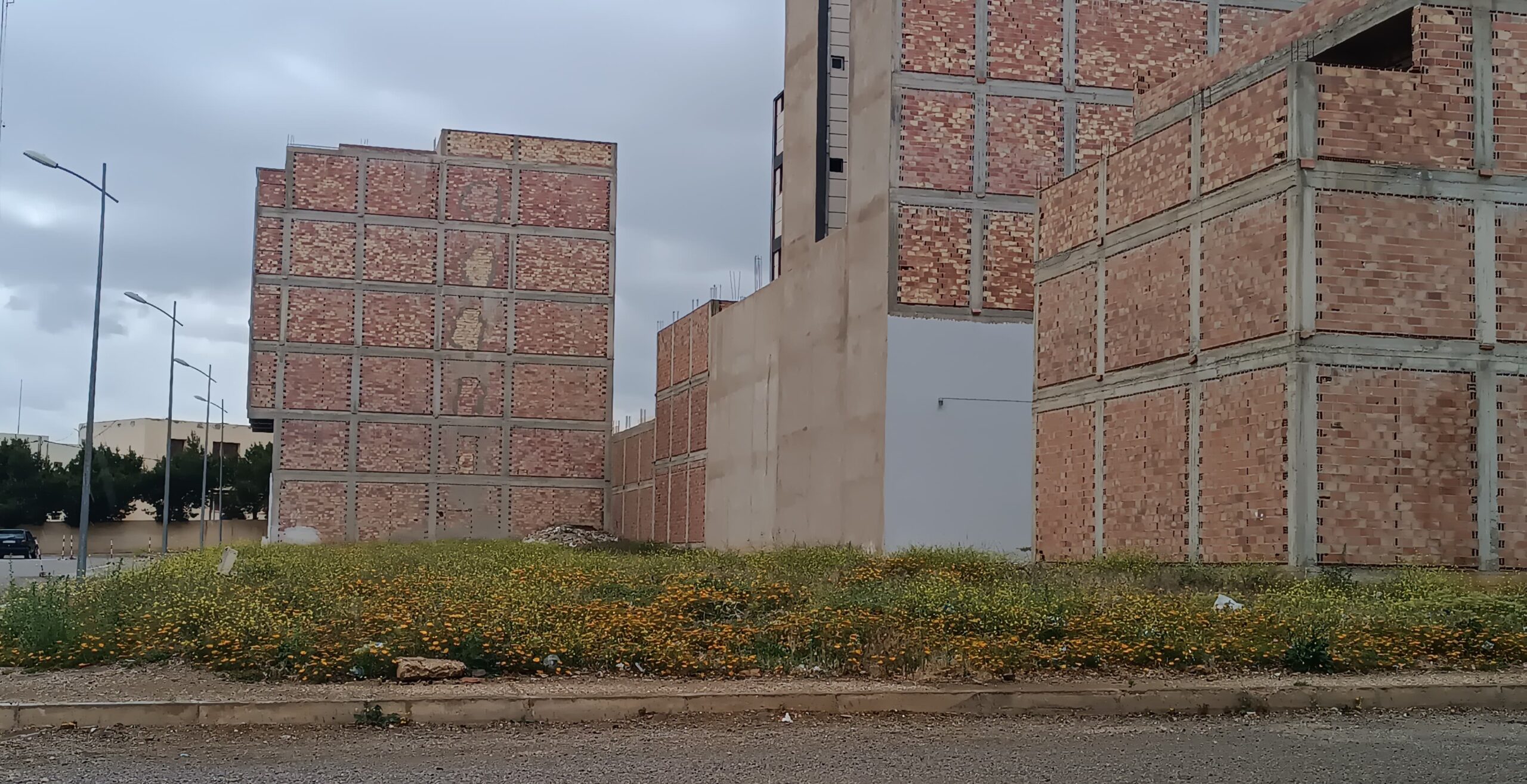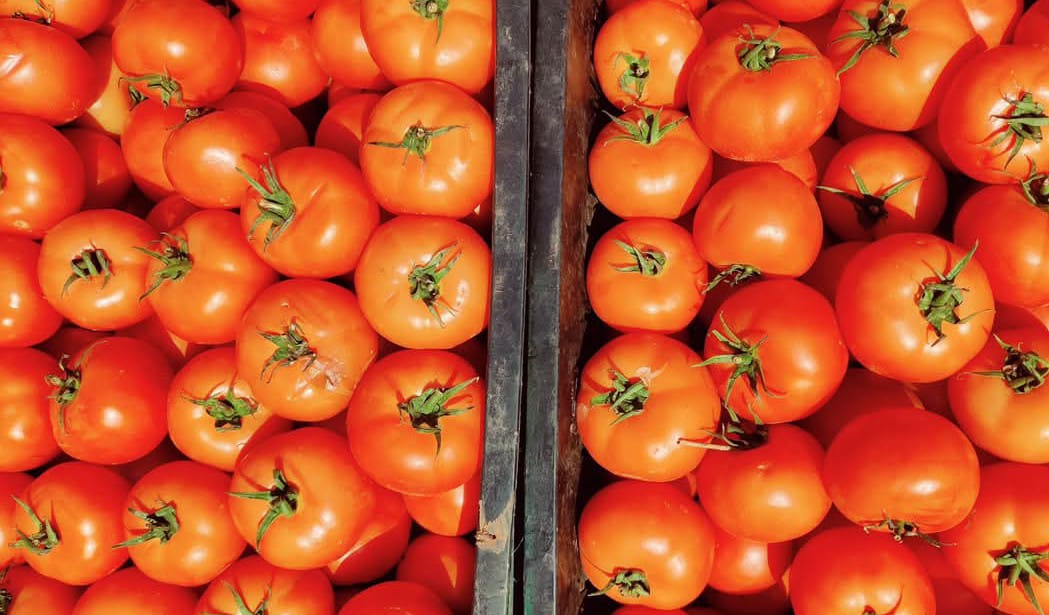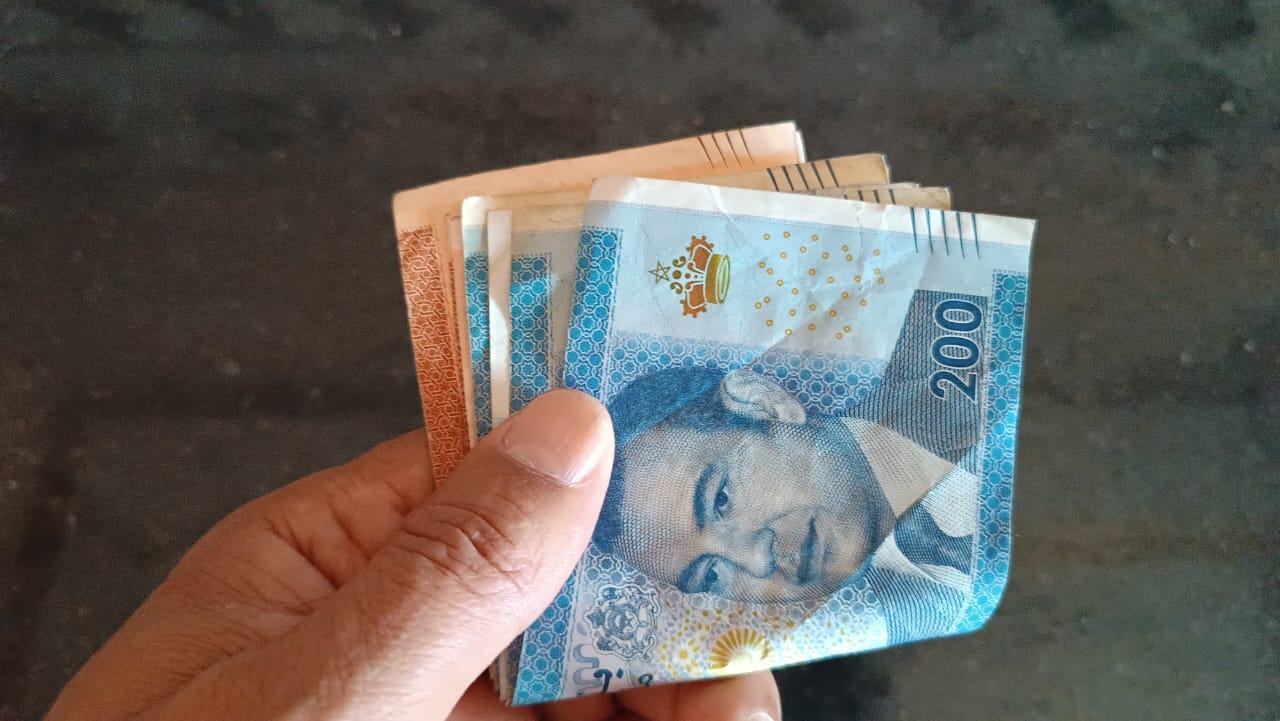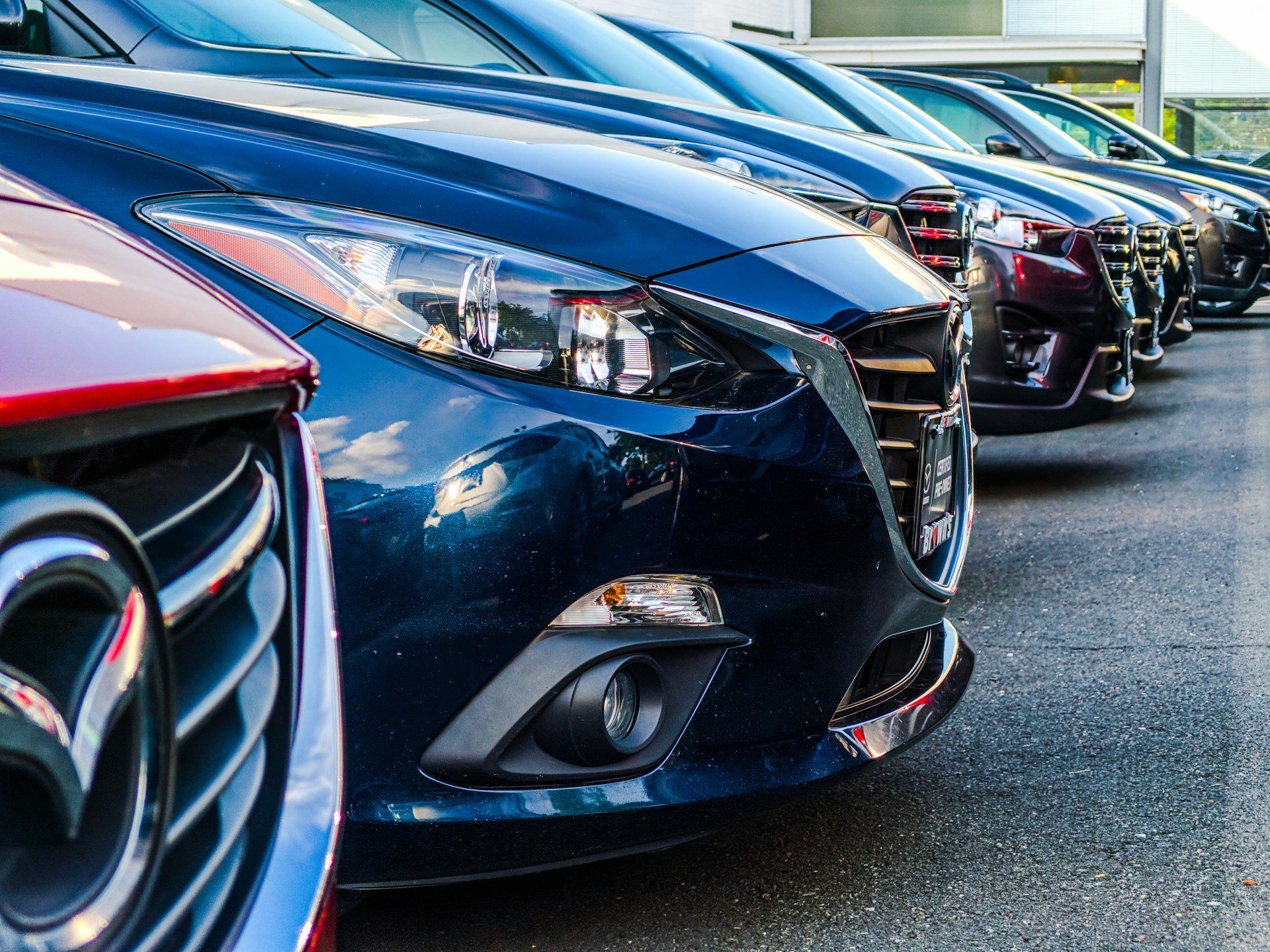Casablanca – A major transformation is taking place in global fertilizer trade as the European Union enforces a new set of tariffs on agricultural and fertilizer imports from Russia and Belarus. The new duties, which took effect on July 1, 2025, are intended to curb Russia’s export revenues and reduce its capacity to finance its military activities in Ukraine. As a result, the structure of the EU fertilizer market is shifting, with Morocco positioned to play an increasingly central role.
EU implements trade restrictions
Following approval by the European Parliament in June, a majority of EU member states adopted an expanded tariff framework targeting Russian and Belarusian agricultural goods. The regulation now includes a broader range of products such as sugar, flour, vinegar, and animal feed, alongside fertilizers.
Under the new rules, a 6.5% tariff will apply to fertilizers imported from Russia and Belarus. Additional per-ton charges were also introduced: approximately $43 for nitrogen-based fertilizers and $48 for compound (blended) fertilizers. These tariffs will increase gradually over the next three years, reaching between $340 and $465 per ton by 2028.
According to EU officials, these measures aim to reduce dependency on Russian imports, diversify supplier sources, and strengthen domestic production capacities in response to global market volatility and geopolitical tensions.
Russia’s share under pressure
Data from Russia’s state news agency RIA Novosti shows the scale of the disruption these tariffs could cause. In April 2025 alone, Russia exported about 376,000 tons of fertilizer to the EU, representing roughly 27% of the Union’s fertilizer imports for that month. Based on current import volumes, the new tariffs could increase European import costs by over $9.7 million for nitrogen fertilizers and $5.4 million for compound fertilizers.
Even with these new tariffs, Russian fertilizers remain cheaper than many alternatives. However, the loss of price competitiveness is likely to prompt EU importers to seek more politically aligned and logistically advantageous suppliers.
Morocco emerges as strategic supplier
Among the countries set to benefit from this shift, Morocco stands out. The kingdom is one of the world’s leading producers of phosphate-based fertilizers, supported by massive natural reserves and an advanced industrial base. Its geographic proximity to Europe, robust infrastructure, and long-standing trade ties with the EU position it as a stable and efficient alternative.
In April, Morocco exported compound fertilizers to the EU at around $624 per ton, while Egypt provided nitrogen fertilizers at approximately $426 per ton. Although higher than Russian prices before tariffs, the added costs on Russian imports narrow this gap significantly.
In recent years, Morocco has ramped up its fertilizer production capacity, particularly through investments by the OCP Group, the state-owned phosphate and fertilizer giant. These efforts have doubled the country’s output and increased export volumes. Morocco has also expanded its presence in Africa through joint ventures and the establishment of fertilizer plants in several sub-Saharan countries. These efforts not only support regional food security but also strengthen Morocco’s position in global supply chains.
Implications for Europe’s agricultural sector
The EU’s new policy aims to achieve three key outcomes: weakening the economic foundations of Russia’s war effort, improving the resilience of its own agricultural supply chains, and encouraging member states to invest in sustainable domestic production.
For European farmers, fertilizer is a critical input, and any disruption in supply or price stability can have significant consequences. The shift away from Russian suppliers underscores the importance of having reliable partners. In this context, Morocco’s consistent output, competitive pricing, and political alignment with Europe offer reassurance to European markets.
Analysts note that Morocco’s growing role could help fill the gap left by Russian exports and stabilize fertilizer availability across the continent. While global markets remain volatile, the EU appears committed to building a long-term supply strategy that reduces risk and ensures agricultural productivity.
As the new tariffs begin to reshape trade routes, Morocco is well-positioned to solidify its role as a strategic supplier of fertilizers to Europe—particularly in the high-demand phosphate segment. With demand for fertilizers expected to rise amid climate challenges and population growth, Morocco’s expanding capacity may prove to be both timely and influential.
